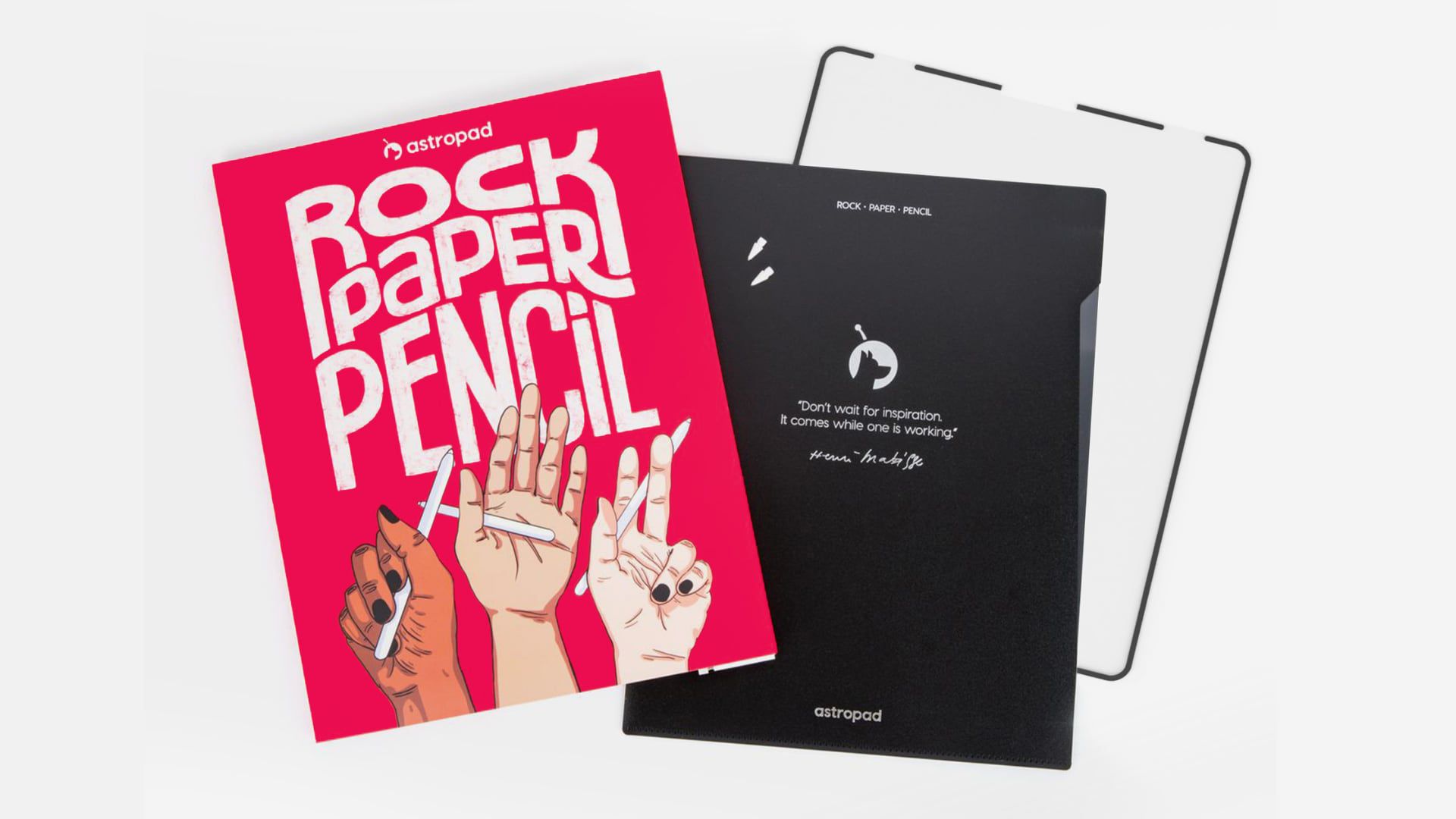🦋 The End of the Butterfly Keyboard Saga: Apple’s Keyboard Service Program Coming to a Close 🦋
Apple’s MacBook Butterfly Keyboard repair program is ending soon.

Apple’s long-running butterfly keyboard service program for MacBooks is finally drawing to a close. Soon, only a few remaining models will be eligible for a free repair. Let’s take a moment to reflect on the journey that led to this program and explore the impact it had on Apple users.
🦋 The Butterfly Keyboard: A Tumultuous Tale 🦋
For years, MacBook keyboards featured the traditional scissor switch mechanism. However, in March 2015, Apple made a bold move by introducing the ultra-thin 12-inch MacBook with a low-profile keyboard that utilized a revolutionary butterfly switch mechanism. This innovative design allowed the keyboard to fit seamlessly into the slim enclosure of the MacBook. Unfortunately, it also paved the way for a series of issues that frustrated users worldwide.
📚 To learn more about the differences between Apple’s Butterfly Keyboards and Scissor Switch Keyboards, check out our article here.
The true scale of the problem became apparent when Apple incorporated the second-generation butterfly keyboard into the 13-inch and 15-inch MacBook Pro models in October 2016. Users started reporting sticky and unresponsive keys, leading to widespread complaints and mounting dissatisfaction. As if that wasn’t enough, Apple then expanded the butterfly keyboard to the MacBook Air, compounding the number of frustrated customers.
The chaotic keyboards, shrouded by controversy, reached a tipping point in May 2018 when Apple faced a class action lawsuit in the U.S., accusing the company of knowingly releasing a defective product. A petition advocating for keyboard improvements also gained significant traction, gathering around 43,000 signatures. The butterfly keyboard had become Apple’s Achilles’ heel.
- The Unwatched Movie: My Decision to Hold Back on Watching the Eras ...
- Pornhub Blocks Access in Texas Due to Age Verification Laws: Texans...
- Google I/O 2024: What to Expect and Why You Should be Excited! 😄📱💻
🎛️ The Keyboard Service Program: A Temporary Respite 🎛️
To address the mounting concerns of MacBook users, Apple launched the “Keyboard Service Program” worldwide in June 2018. This program aimed to alleviate the frustrations caused by the butterfly keyboard’s infamous issues. Apple and its authorized service providers offered free repairs for eligible MacBook, MacBook Air, and MacBook Pro models, exhibiting problems such as unexpected letter repetition, missing characters, or sticky and unresponsive keys. This service was available for up to four years after the initial retail sale, granting affected users much-needed relief.
Eligible MacBook Models for the Keyboard Service Program:
- MacBook (Retina, 12-inch, Early 2015)
- MacBook (Retina, 12-inch, Early 2016)
- MacBook (Retina, 12-inch, 2017)
- MacBook Air (Retina, 13-inch, 2018)
- MacBook Air (Retina, 13-inch, 2019)
- MacBook Pro (13-inch, 2016, Two Thunderbolt 3 Ports)
- MacBook Pro (13-inch, 2017, Two Thunderbolt 3 Ports)
- MacBook Pro (13-inch, 2019, Two Thunderbolt 3 ports)
- MacBook Pro (13-inch, 2016, Four Thunderbolt 3 Ports)
- MacBook Pro (13-inch, 2017, Four Thunderbolt 3 Ports)
- MacBook Pro (15-inch, 2016)
- MacBook Pro (15-inch, 2017)
- MacBook Pro (13-inch, 2018, Four Thunderbolt 3 Ports)
- MacBook Pro (15-inch, 2018)
- MacBook Pro (13-inch, 2019, Four Thunderbolt 3 Ports)
- MacBook Pro (15-inch, 2019)
However, as time passed, Apple discontinued most of the eligible models, leaving only the two 2019 versions of the 13-inch MacBook Pro still eligible for free keyboard repairs. If you own one of these models, make sure to take advantage of the remaining repair window, which could extend until November 2024, depending on your purchase date. After that, the curtain will fall on the keyboard service program, unless Apple decides to extend it further.
🙏 The Apology: Apple Acknowledges the Issue 🙏
In March 2019, Apple finally bowed to the pressure and issued an apology for the troubled keyboards. While the acknowledgment was long overdue, it gave users some reassurance that their issues had been acknowledged.
“We are aware that a small number of users are having issues with their third-generation butterfly keyboard and for that we are sorry,” stated an Apple spokesperson in a statement shared with The Wall Street Journal’s Joanna Stern. They also added that the “vast majority” of Mac notebook customers were enjoying a positive experience with the new keyboard. It was a moment of redemption amidst the chaos.
🛠️ The Fix: A Return to Scissor Switches 🛠️
Realizing the gravity of the situation, Apple made a significant change to its MacBook lineup. Starting with the 16-inch MacBook Pro in November 2019, Apple bid farewell to the troublesome butterfly keyboard and returned to using a reliable scissor switch mechanism. This change, much to the relief of many users, was extended to the MacBook Air in March 2020 and the 13-inch MacBook Pro in May 2020. 🎉 The era of the problematic butterfly keyboard had come to an end!
💰 The Settlement: A Price to Pay 💰
In July 2022, Apple agreed to pay a substantial $50 million to settle the U.S. class-action lawsuit related to the butterfly keyboard issues. Affected customers who submitted valid claims by the March 2023 deadline will receive compensation ranging from $50 to $395. Although money can’t erase the frustrations experienced by users, this settlement serves as a symbolic victory for those who persevered through the damaging effects of the butterfly keyboard.
👀 Looking Ahead: The Future of Apple Keyboards 👀
With the butterfly keyboard debacle behind us, we can expect Apple to continue investing in keyboard innovations. The switch back to the reliable scissor mechanism reminds us of the importance of user feedback and the impact it can have on product development. Apple has reaffirmed its commitment to providing excellent user experiences, ensuring that their keyboards remain a joy to type on.
As technology advances, newer, more exciting keyboard designs and technologies await us. It’s essential to remember that imperfections are a natural part of progress, pushing companies to improve and innovate. We look forward to Apple’s future advancements in keyboard technology that combine sleek design, responsiveness, and durability.
🎉 Share your thoughts and experiences with Apple’s butterfly keyboard and the transition back to scissor switches in the comments below! Let’s celebrate the end of a tumultuous era and the dawn of a new keyboard era! 🎉
📚 References:
- 🦋 Monokei Systems Luxurious Low-profile Keyboard – Providing insights into keyboards that helped shape the industry.
- 🔪 Apple’s Butterfly Keyboards vs. Scissor Switch Keyboards – A detailed comparison discussing the pros and cons of different keyboard mechanisms.
- 🌐 TechCrunch – Stay updated on the latest news and trends in the technology world.
- 🖥️ Digital Trends – Learn how to troubleshoot common technology issues with detailed guides and articles.
- 💸 Digital Trends – Find the best laptop deals for your post-Christmas shopping frenzy.






